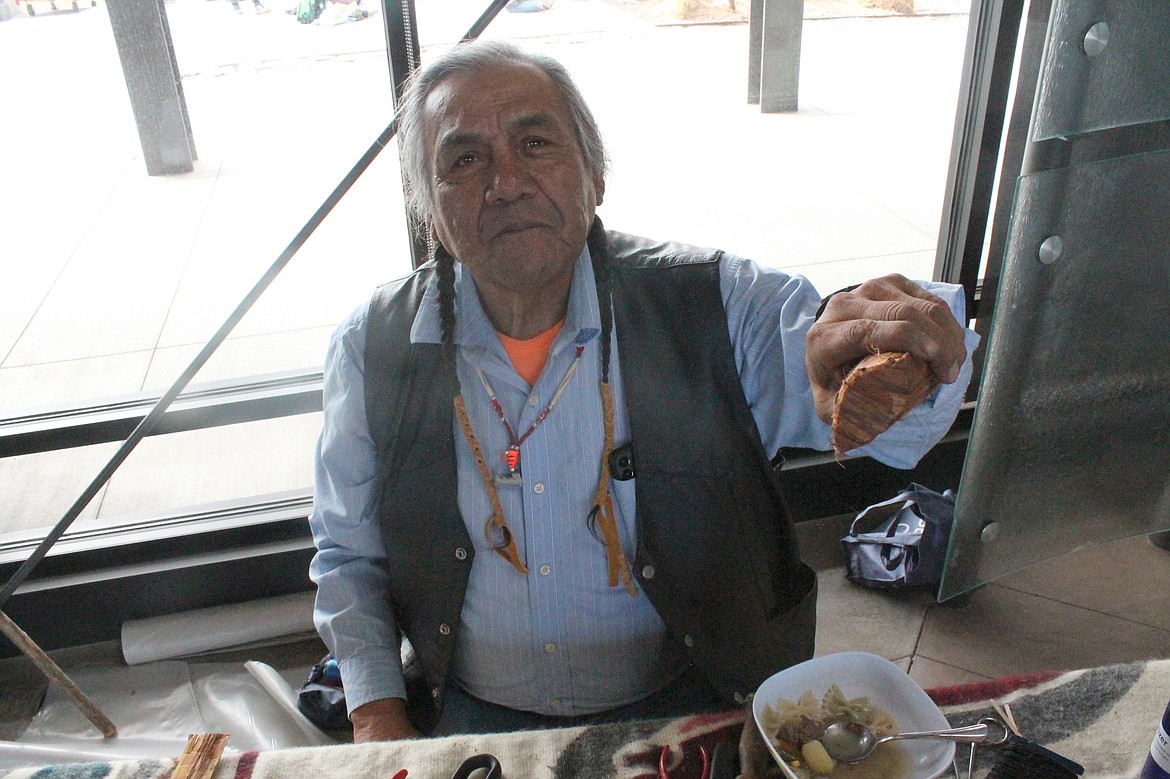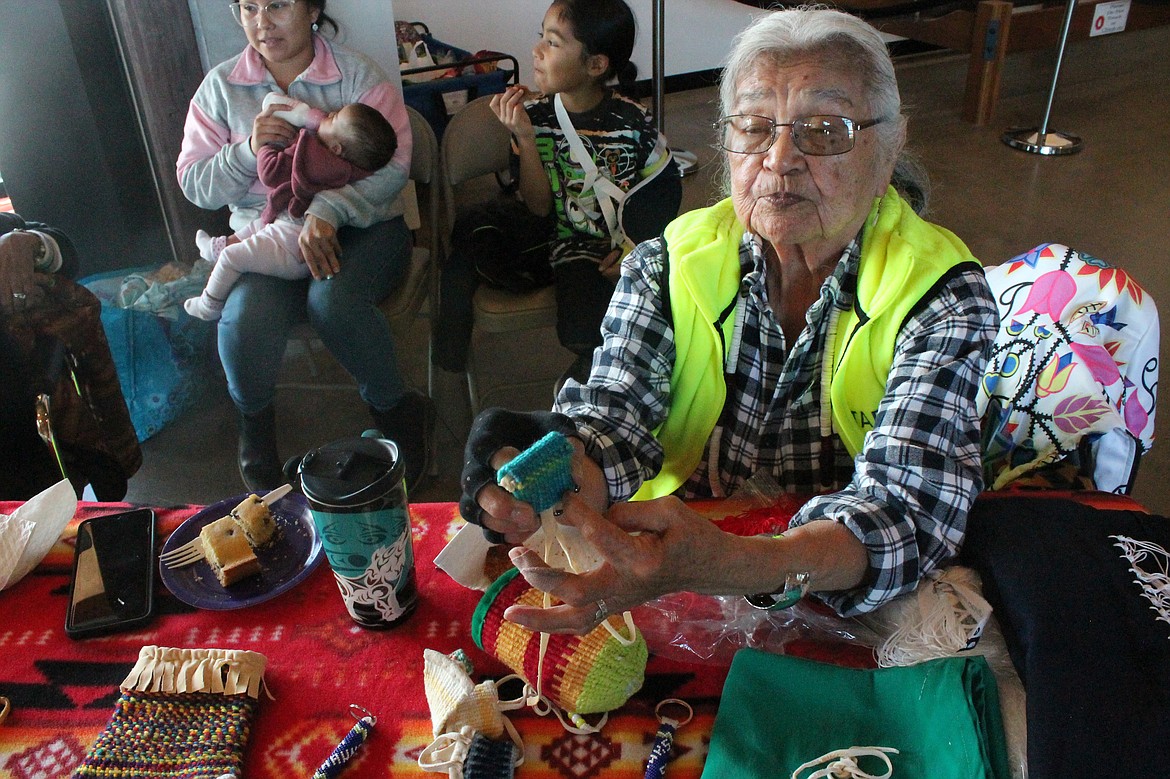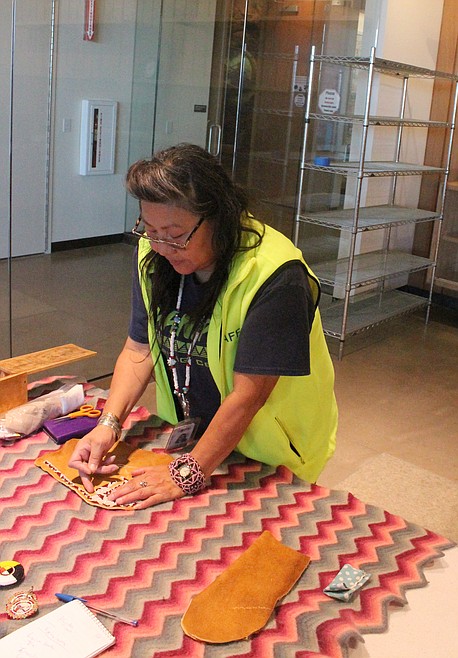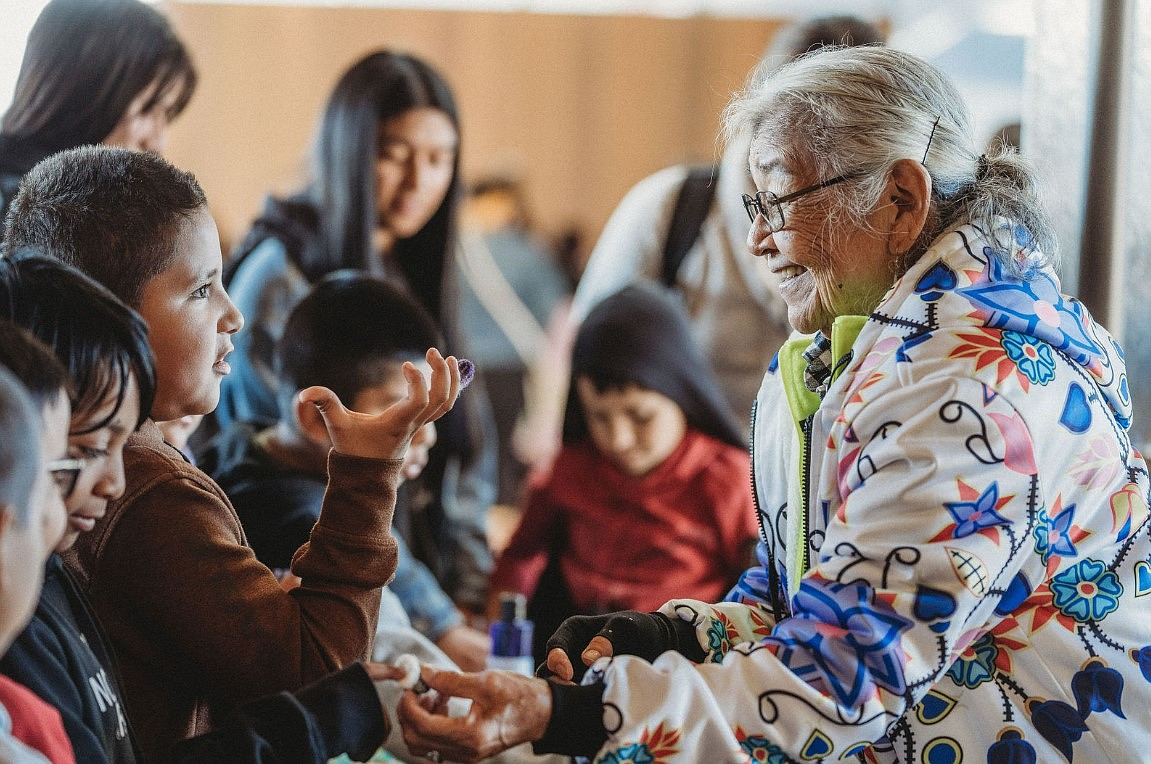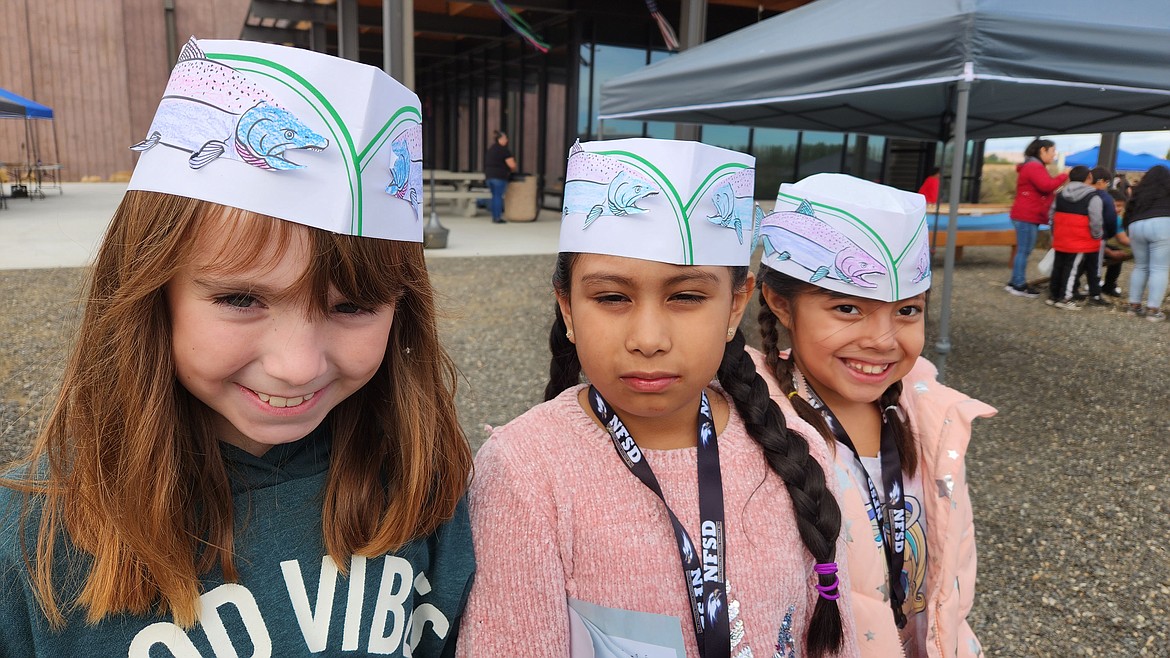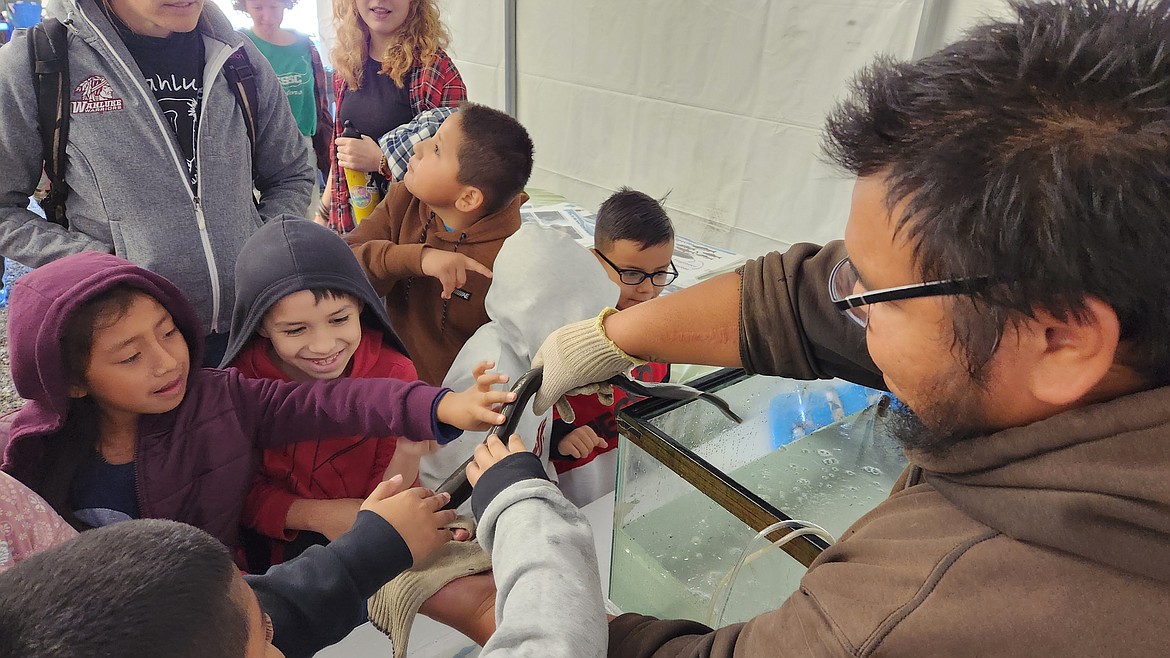Ancient ways
PRIEST RAPIDS DAM — Inside the Wanapum Heritage Center at Priest Rapids Dam, there’s a sign that says, “We are Wanapum, we are here, we never signed a treaty, we never gave away our land, we never left, we are going to be here tomorrow.” That timelessness was out for all to see during Archaeology Days Oct. 25-26.
Become a Subscriber!
You have read all of your free articles this month. Select a plan below to start your subscription today.
Already a subscriber? Login

